You have the right to work, but never to the fruit of work. BG 2:47
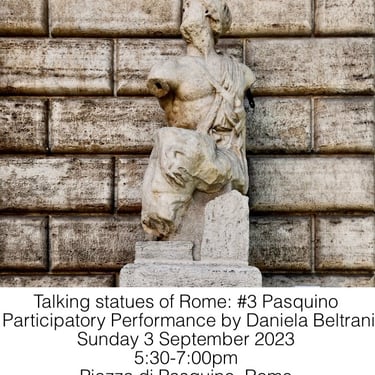

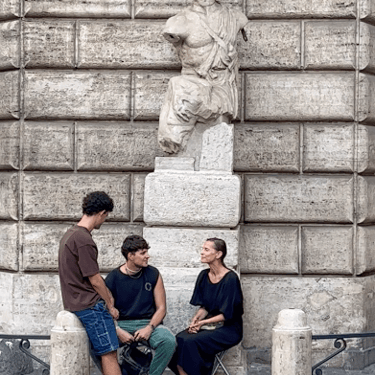
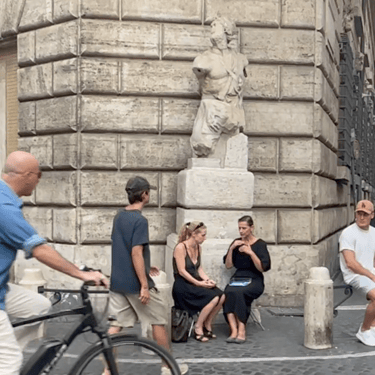
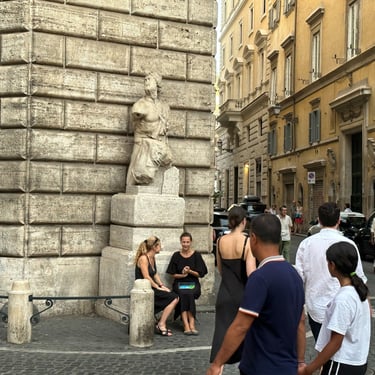
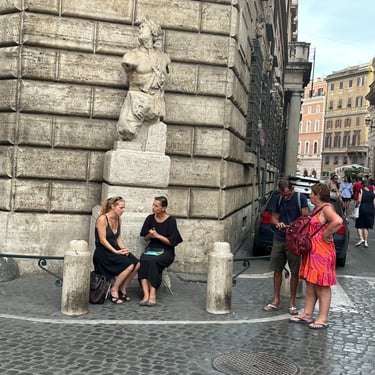
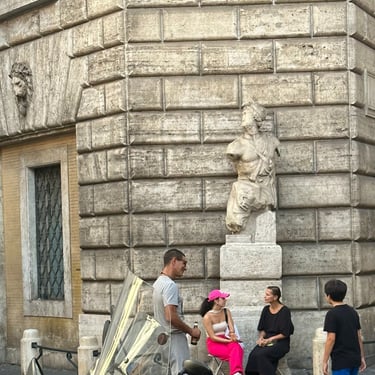
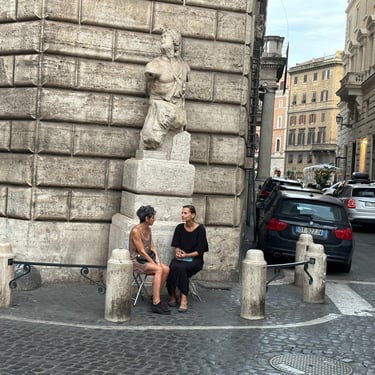
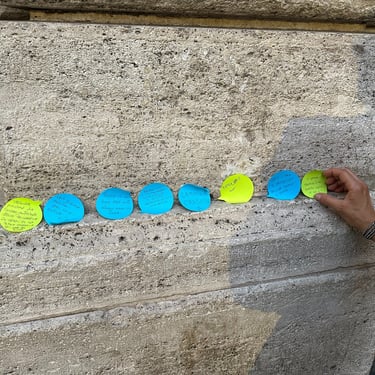
Talking statues of Rome #3 Pasquino (2023), PAR, Piazza di Pasquino, Rome IT
Over the past 500 years, the genuine and vernacular spirit of Rome has spoken in anonymity through six statues scattered throughout the historic center, collectively known as the Congress of Wits.
Weaving together contemporary art, archaeology, architecture, and history, I conceived and presented the series Talking Statues of Rome during the summer of 2023. Each statue served me as a muse, suggesting a distinct theme that I then proposed to each participant. I invited each sitter to share their personal story and to leave a few words behind, transforming these encounters into an ongoing dialogue woven into the very fabric of the city.
Pasquino was undoubtedly the statue that attracted the greatest number of passersby, likely due to its central location, the intimacy of its enclosed setting, and above all its longstanding reputation as a public stage for anonymous satire. For centuries, Romans have attached biting, satirical verses - known as pasquinate - to Pasquino’s neck or feet, giving voice to their criticisms of those in power while remaining safely anonymous. This tradition of dissent has made Pasquino the most famous of Rome’s talking statues.
Art historians generally agree that the statue represents Menelaus holding the body of Patroclus, a moving scene drawn from Homeric myth. The statue itself, a fragment of a larger Hellenistic (or Roman copy) sculptural group, was found in 1501 near Piazza Navona. As for the name Pasquino, its precise origin is lost to legend; stories variously connect it to a witty local innkeeper, artisan, or even a Latin teacher whose sharp tongue and proximity to the statue left a lasting mark on Rome’s collective memory.
Given this powerful mythological subject, I chose the theme of pain for my interaction with the public. Pasquino’s legacy as a vessel for Rome’s laments and grievances seemed the perfect invitation for participants to open their hearts. Throughout the performance, several people sat with me and shared poignant, deeply personal stories of pain - transforming this historic statue, once again, into a site of communal catharsis and dialogue.
Photo Daniele Ottavi